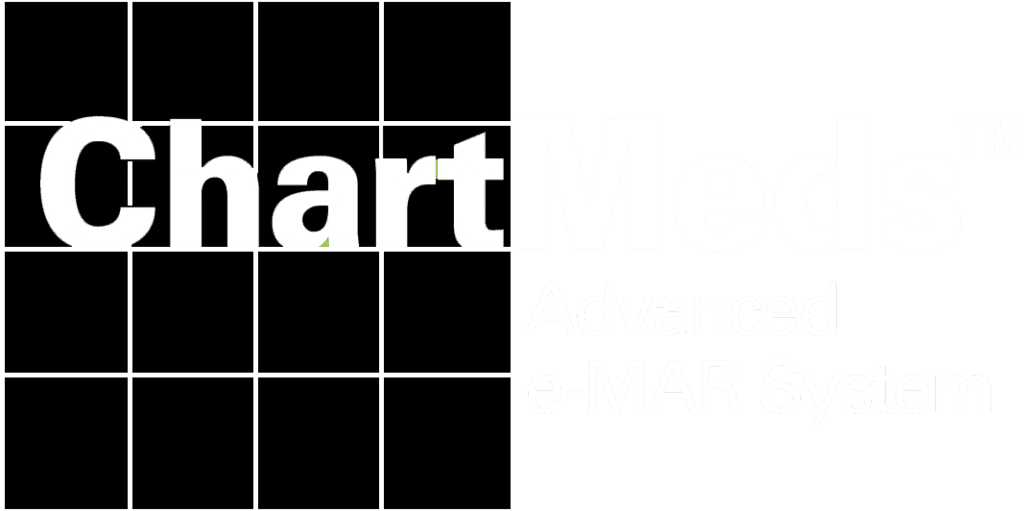Burnout. High turnover. Compromised care and costly accidents. For many healthcare teams, these issues are all too familiar—and they’re often the direct result of chronic workload management frustrations that wear down the resilience and goodwill of even the most dedicated professionals.
Workload management refers to the strategic distribution of duties throughout a team. In healthcare, this process is notoriously tricky—and incredibly important.
How can healthcare administrators make progress in this most challenging area? Let’s review some best practices for efficient workload management.
Analyze and Optimize Staffing Levels
Workload management must begin with a data-driven approach to staffing. It all starts with simply having enough staff on the payroll. This can be achieved by determining and exceeding industry benchmarks for staff size based on patient volume or other workload metrics.
Matching workers with shifts should be a proactive, rather than reactive process. Use data to continuously predict workload demands as far in advance as possible. Use cross-training, flexible scheduling, and varying schedule configurations in order to optimize staffing.
To achieve staffing solutions that work for everyone, administrators must be willing to listen to worker concerns. Schedule optimization is partly mathematical, but workers should never be treated like numbers. Find solutions that promote efficiency while also affording desirable options and freedom of choice for staff.
Delegate Tasks Efficiently
Effective task delegation goes hand in hand with optimized staffing. Task delegation should be:
- Consistent
- Outlined with clear expectations
- Based on data, appropriately matching staff to tasks based on factors like experience level and specialization
Task delegation breakdowns often occur when a workforce is strained and adjustments must be made to make ends meet. However, these circumstances should be exceptions, not the norm.
Proactive scheduling and clearly defined duties help maintain consistent task delegation that allows workers to thrive in their designated roles.
Utilize Technology for Better Workload Management
Software and other technologies help improve workload management by streamlining processes and reducing workload, especially for administrative tasks such as data entry.
Systems like electronic health record (EHR) software, telemedicine platforms, and AI-powered decision support tools help workers move from one task to the next with fewer snags and interruptions.
For any healthcare software that you implement to better streamline your workflow and manage the overall workload at your organization, there are a few traits to look for in the right solution. For example, these might include:
Secure and HIPAA Compliant
The security and HIPAA compliance of your software is non-negotiable. Using an option that does not protect the privacy of your patients can put your data integrity at risk and create possible legal consequences that could result in costly fines or lawsuits.
Scalable to Your Demands
Depending on the software you’re considering, some are developed for smaller practices, while others may be intended for use exclusively by large regional hospital systems. Ideally, one that can scale alongside your own needs is one that will prove the best long-term investment.
Tangibly Beneficial
At a high level, the software should provide tangible benefits in the way of streamlining your workflow and placing a noticeably lesser administrative burden on your staff. Ideally the software should work for you by supporting your workflows, rather than you working for the software by having to adapt your workflows. Additionally, software purpose-built for your organization’s or department’s specific healthcare needs offers deeper supporting capabilities over generic, “one-size-fits-all” enterprise software. Features that you should consider include ease of use, more comprehensive specialized capabilities, and the scope of capabilities that it can provide in a fully or partially automated format.
Prioritize Time Management and Organization
Time management is a popular topic, but it’s typically discussed in terms of personal development. But how do leaders promote these skills throughout an entire organization as a means of improving workload management?
To help promote an organized workforce that uses time efficiently, helpful steps may include:
- Standardizing as many procedures as possible
- Encouraging “monotasking” rather than multitasking
- Creating detailed schedules for task assignments
- Holding workshops and training sessions on time management and organization
- Providing sufficient technical training so that workers can fully leverage the benefits of the software that they use
Time management is a skill. When treated as such, meaningful changes can be made that improve efficiency and ease workload strain.
Implement Continuous Improvement Processes
The healthcare field is constantly evolving and healthcare teams face unique challenges daily. These qualities make healthcare a perfect fit for a model of change known as continuous improvement.
Continuous improvement is a long-term effort to improve processes or services. One of the common tools for putting continuous improvement into action is the plan-do-check-act (PDCA) cycle, as follows:
- Plan – define a goal and a plan for working on an area that needs improvement
- Do – implement changes, starting on a very small scale
- Check – objectively analyze the results of the change
- Act – if the change brought the desired results, then implement a broader rollout; if not, then restart the cycle with a new plan
Continuous improvement creates progress that’s incremental and steady, along with periodic “aha! moments” and breakthroughs. The continuous improvement approach is tried and true in healthcare and embraced by national programs such as the Quality Improvement Plan (QIP) frameworks implemented in Australia and Canada.
Foster Open Communication and Collaboration
Healthcare organizations that promote open communication and collaboration empower workers to identify and tackle workload issues. Thus, workload management isn’t simply an issue that everyone copes with—it’s an issue that everyone works together to address.
Teams with healthy cultures of collaboration and communication typically maintain these practices:
- Regularly-scheduled team meetings that include input from different staff levels
- Anonymous feedback channels
- Fair and accessible conflict resolution procedures
When a leadership team makes a genuine effort to improve collaboration and communication, the entire organization enjoys better efficiency, decision-making, and morale.
Get a Handle on Your Organization’s Workload
To tackle workload management challenges in your organization, contact Integrative to discuss software solutions that support all current and future workflows, and are purpose-built with comprehensive specialized capabilities for behavioral health and public health organizations. Connect with Integrative today to request a product demonstration.









